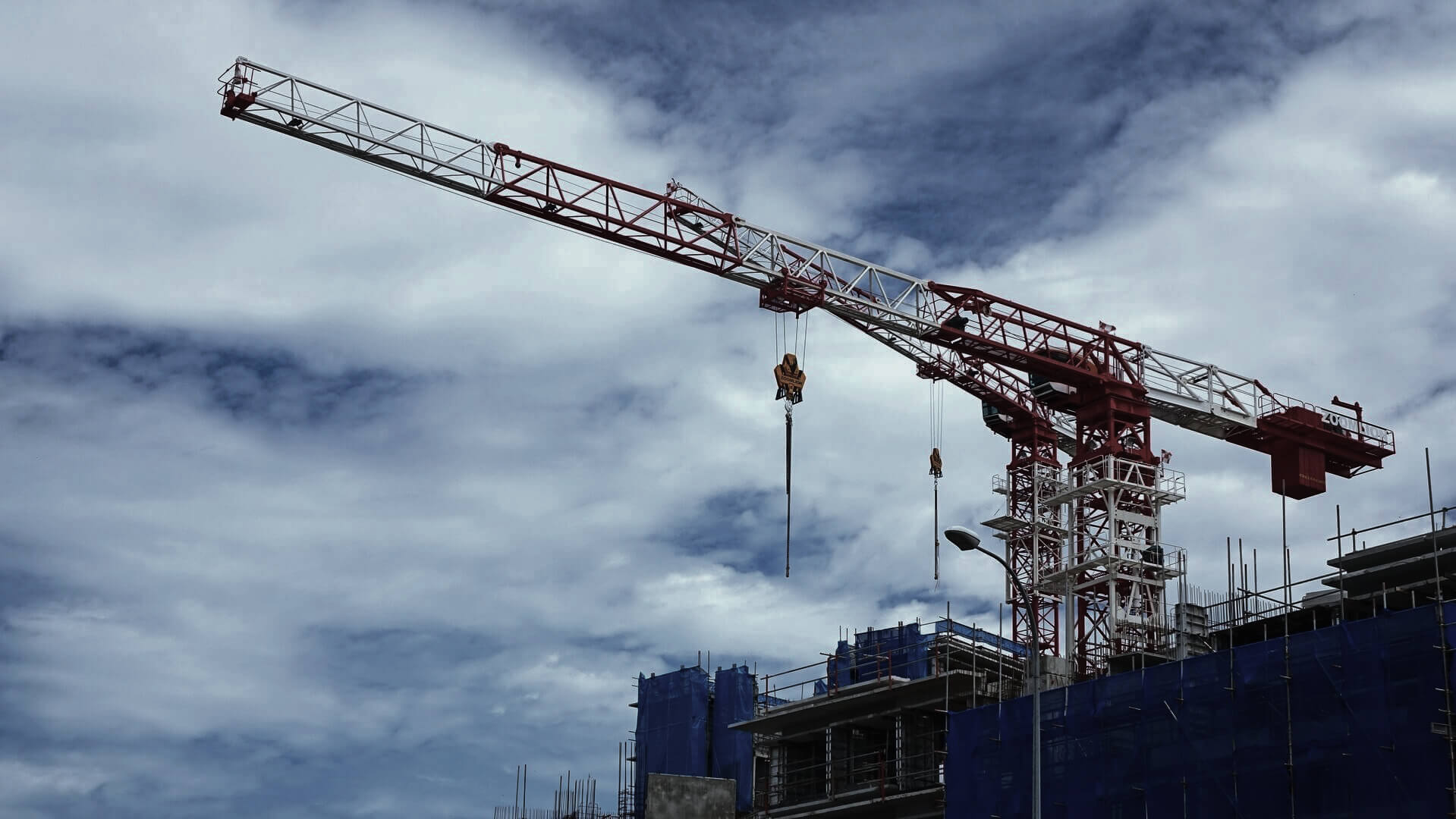Understanding Roof Types for Italian Mansions and Villas
Roof replacement is a significant part of renovating old mansions and country villas in Italy. It’s a delicate operation where knowing roof types becomes essential. Generally, the roofs in Italy are diverse due to the variety of architectural styles. The most common types include:
– **Roof Tiles (Coppi):** These are traditional clay tiles, occasionally seen in terracotta, giving that quintessential Italian look.
– **Slate Roofs:** Predominantly found in the northern regions of Italy, slate offers excellent durability and resistance to severe climate conditions.
– **Metal Roofs:** Increasingly popular in recent years due to their longevity and modern aesthetic.
When dealing with roof tiles, their historical value often demands restoration rather than replacement. Slate requires precise installation skills, while metal roofing appeals to those seeking modern efficiency and durability. Select the roof type by balancing your villa’s architectural integrity with practical durability.
Hiring Professionals for Roofing Projects
Renovating roofing requires spanning the prowess of reliable professionals. It’s crucial to distinguish between hiring an architect and a competent roofing contractor. The former provides a visionary blueprint while the latter delivers hands-on execution. Hiring both provides an exemplary blend of design and skill.
**Tips for Hiring Professionals:**
– **Research and Reviews:** Use platforms like Houzz Italia or ProntoPro to identify trusted professionals, reviewing feedback from past clients.
– **Credentials Check:** Ensure the professional is registered with Italy’s Chamber of Commerce, providing peace of mind regarding their legitimacy.
– **Quotes and Estimates:** Gather estimates from at least three different contractors to gauge a fair pricing range.
Hiring diligent professionals guarantees your project adheres in style and structure while respecting Italian architectural values.
Permits and Regulations for Roof Replacement
When undertaking a roof replacement, especially on a historic building, navigating the permits and adhering to regulations is crucial. Italy’s regulatory framework ensures the preservation of its architectural heritage while allowing for necessary upgrades.
### Necessary Permits
1. **Building Permit (Permesso di Costruire):** Required for extensive renovation works, including roof replacement when altering the building’s structure.
2. **Dia Attività Edilizia Libera/SCIA:** Depending on the extent of work, notification of free building activity or a certified notice could be suffice.
For accurate guidelines, consultation with local Comune and visiting sites such as [Agenzia delle Entrate](https://www.agenziaentrate.gov.it/portale/) are imperative.
Regulations
– **Environmental Compliance:** Ensure your roofing project aligns with environmental standards, keeping energy efficiency in mind.
– **Historical Preservation Statutes:** Adhere to local preservation statutes, especially if your property is deemed of cultural significance.
Understanding these layers of bureaucracy might seem burdensome, but compliance offers not only legal protection but also fosters a future-proof investment in your property.
Considerations for Costing
Roof replacement costs can vary due to factors such as material choice, design complexity, and labor rates. On average:
– **Clay and Terracotta Tiles:** €70-€120 per square meter
– **Slate Roofs:** €120-€200 per square meter
– **Metal Roofs:** €60-€100 per square meter
Permit fees and professional services can add another 15-20% to the total cost, depending on regional requirements and professional fees.
Conclusion
Navigating the roof replacement process in Italy requires meticulous planning, a solid understanding of roof types, and intricate knowledge of hiring and regulatory demands. Showcase the elegance and historical essence of your mansion or villa while ensuring functionality and compliance. Embrace this journey as an enriching chapter in your Italian heritage journey.



Leave a Reply